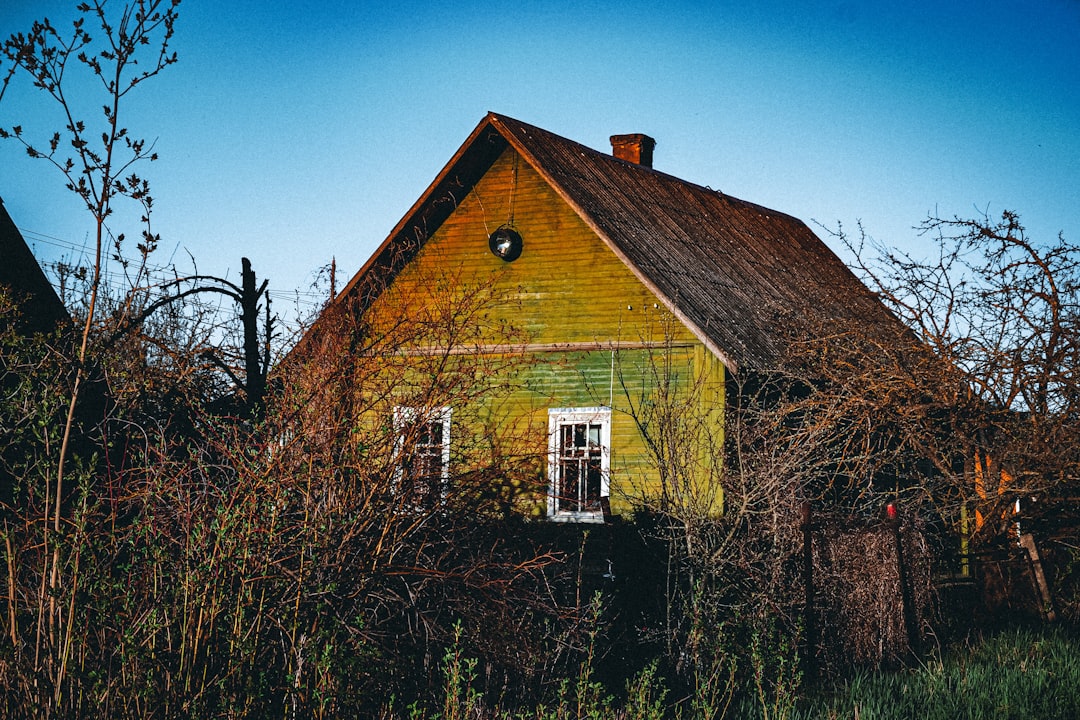Reviving Your Browning Money Tree: A Comprehensive Guide

Houseplants bring life and beauty to our indoor spaces, and the money tree is a popular choice for many plant enthusiasts. However, it can be disheartening to see the leaves of your money tree turning brown. In this article, we will explore the most common causes of this issue and provide practical solutions to help you restore your plant to its former glory.
One of the primary reasons for brown leaves on a money tree is over - watering. Money trees prefer well - drained soil. When the soil is constantly waterlogged, the roots can suffocate and develop root rot. This prevents the plant from absorbing nutrients and water properly, leading to brown and wilted leaves. To check if over - watering is the problem, gently remove the plant from its pot and examine the roots. Healthy roots are white and firm, while rotted roots are brown, mushy, and may have a foul odor. If root rot is present, you need to take immediate action. Trim away the damaged roots with a clean, sharp pair of scissors or pruning shears. Repot the plant in fresh, well - draining soil. Make sure the pot has drainage holes to allow excess water to escape.
Under - watering is another culprit. Money trees need a consistent level of moisture in the soil. If the soil dries out completely for extended periods, the leaves will start to turn brown and crispy. To determine if your money tree is under - watered, stick your finger about an inch into the soil. If it feels dry, it's time to water. Water the plant thoroughly until water drains out of the bottom of the pot. However, avoid leaving the plant sitting in a saucer of water for too long, as this can also lead to problems.
Light conditions also play a crucial role in the health of your money tree. These plants thrive in bright, indirect light. If they are exposed to too much direct sunlight, the leaves can get sunburned, resulting in brown patches. On the other hand, if the plant is placed in a very dark area, it may not be able to carry out photosynthesis effectively, which can cause the leaves to turn brown and drop. Move your money tree to a location where it can receive bright, filtered light. A north - facing window or a spot a few feet away from a south - or west - facing window is usually ideal.
Temperature and humidity are important factors as well. Money trees prefer temperatures between 65°F and 80°F (18°C - 27°C). Extreme temperature fluctuations can stress the plant and cause the leaves to turn brown. Additionally, these plants like a relatively high humidity level. Dry indoor air, especially during the winter months when the heating is on, can cause the leaves to dry out and turn brown. You can increase the humidity around the plant by placing a tray of water near it, using a humidifier, or grouping it with other plants.
Nutrient deficiencies can also lead to brown leaves. Money trees need a balanced supply of nutrients, including nitrogen, phosphorus, and potassium, as well as trace elements. If the soil lacks these essential nutrients, the plant may show signs of distress, such as brown leaves. You can use a slow - release fertilizer formulated for houseplants during the growing season (spring and summer) to provide the necessary nutrients. Follow the instructions on the fertilizer package carefully to avoid over - fertilizing, which can also damage the plant.
Pests and diseases can be a problem for money trees. Spider mites, aphids, and mealybugs are common pests that can infest these plants. They suck the sap from the leaves, causing them to turn brown and yellow. Inspect your plant regularly for signs of pests, such as webbing, small insects, or sticky residue on the leaves. If you find pests, you can try using a mild insecticidal soap or neem oil to get rid of them. Some fungal and bacterial diseases can also cause brown spots or patches on the leaves. If you suspect a disease, isolate the plant to prevent it from spreading to other plants and consult a plant expert for appropriate treatment.
In conclusion, caring for a money tree and preventing brown leaves requires attention to watering, light, temperature, humidity, nutrients, and pest control. By understanding the common causes of brown leaves and taking the necessary steps to address them, you can keep your money tree healthy and vibrant. Remember to observe your plant regularly and make adjustments to its care routine as needed. With proper care, your money tree will continue to be a beautiful addition to your indoor garden for years to come.